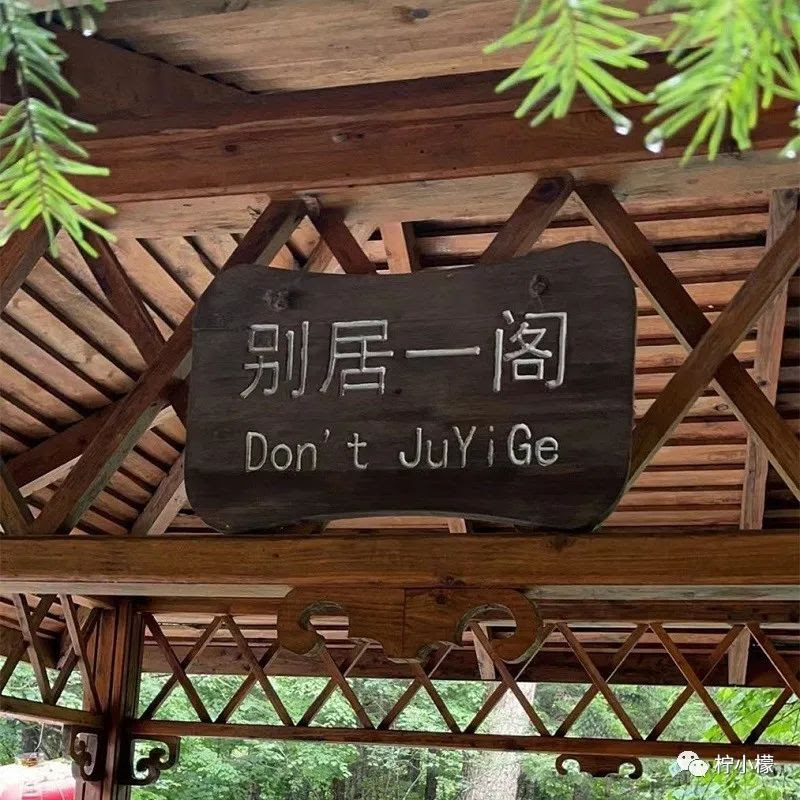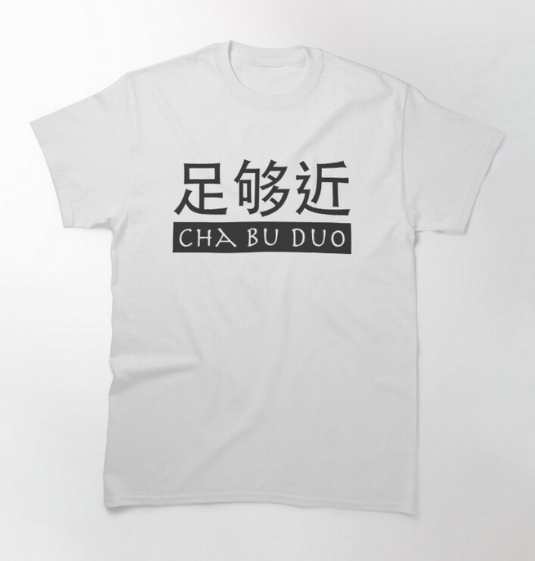Hornet's / hornets' / hornets / hornet nest
Usage is split on this one. Merriam-Webster goes for "hornet's nest", OED prefers "hornets' nest", and many other dictionaries and websites choose one of the four options listed in the title of this post.
To my mind, logically it should be "hornets' nest" because it's a home that belongs (genitive) to a colony of hornets (plural).
My high school sports teams were called "hornets", so I have a long acquaintanceship with this fearsome insect.
On the other hand, we also find "farmers market" and "farmers' market", usually the former, occasionally "farmer's market", but I don't think I've ever seen "farmer market".
Read the rest of this entry »


